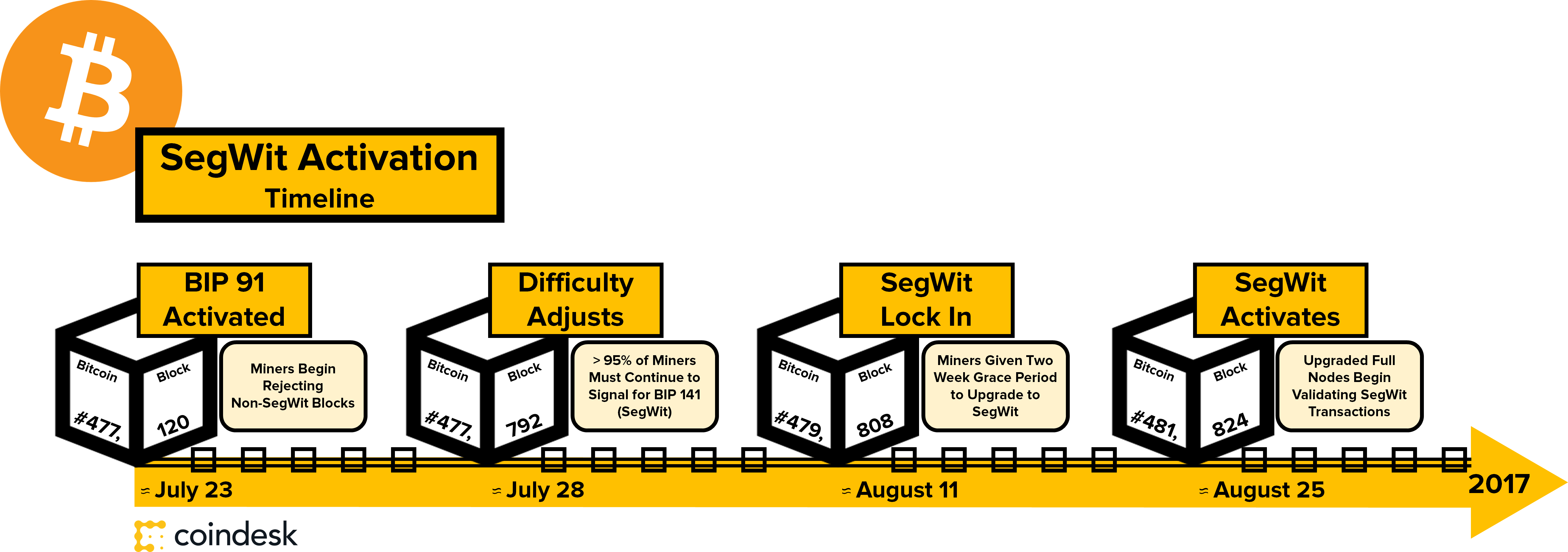
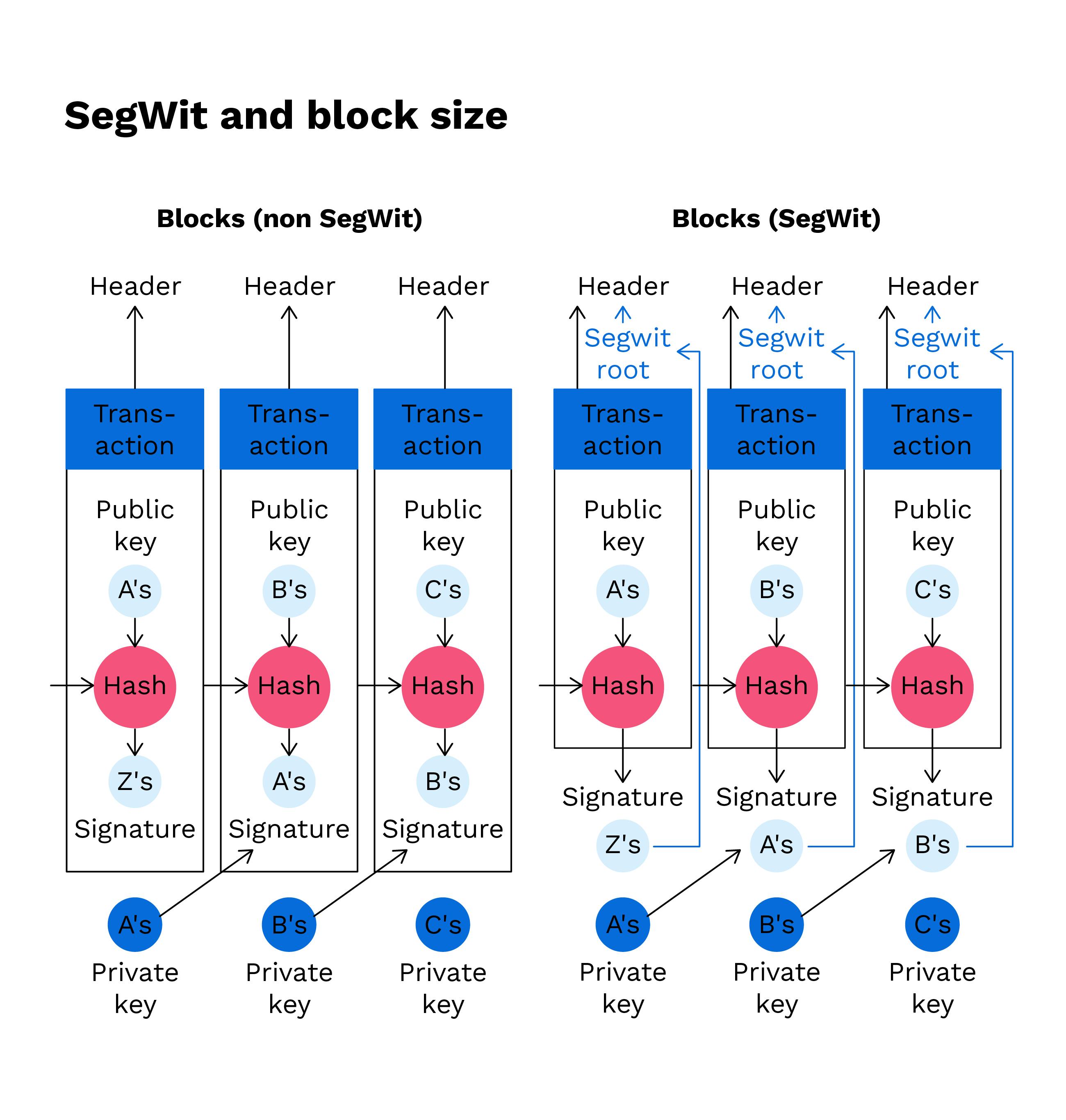 ❻
❻SegWit is a soft fork, meaning it is a backwards-compatible source that does not require all nodes on the network to upgrade to the new version.
SegWit (P2SH) and Native SegWit (bech32) are not the first address formats to exist for Bitcoin accounts.
What is Segregated Witness?
The very first one was Legacy, where. In terms of efficiency, SegWit is better than Legacy network because it separates the transaction signature from the transaction data.
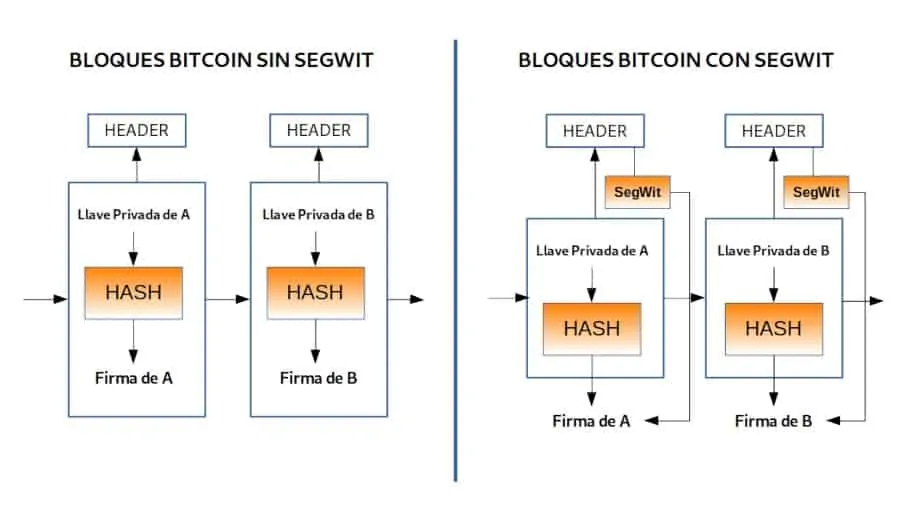 ❻
❻It means. As I mentioned earlier, SegWit is a patch designed by Pieter Wuille to prevent transaction malleability.
Latest Articles
The way it works is pretty simple. To. Native SegWit and Taproot are both upgrades that the Bitcoin network underwent to address its scalability challenges.
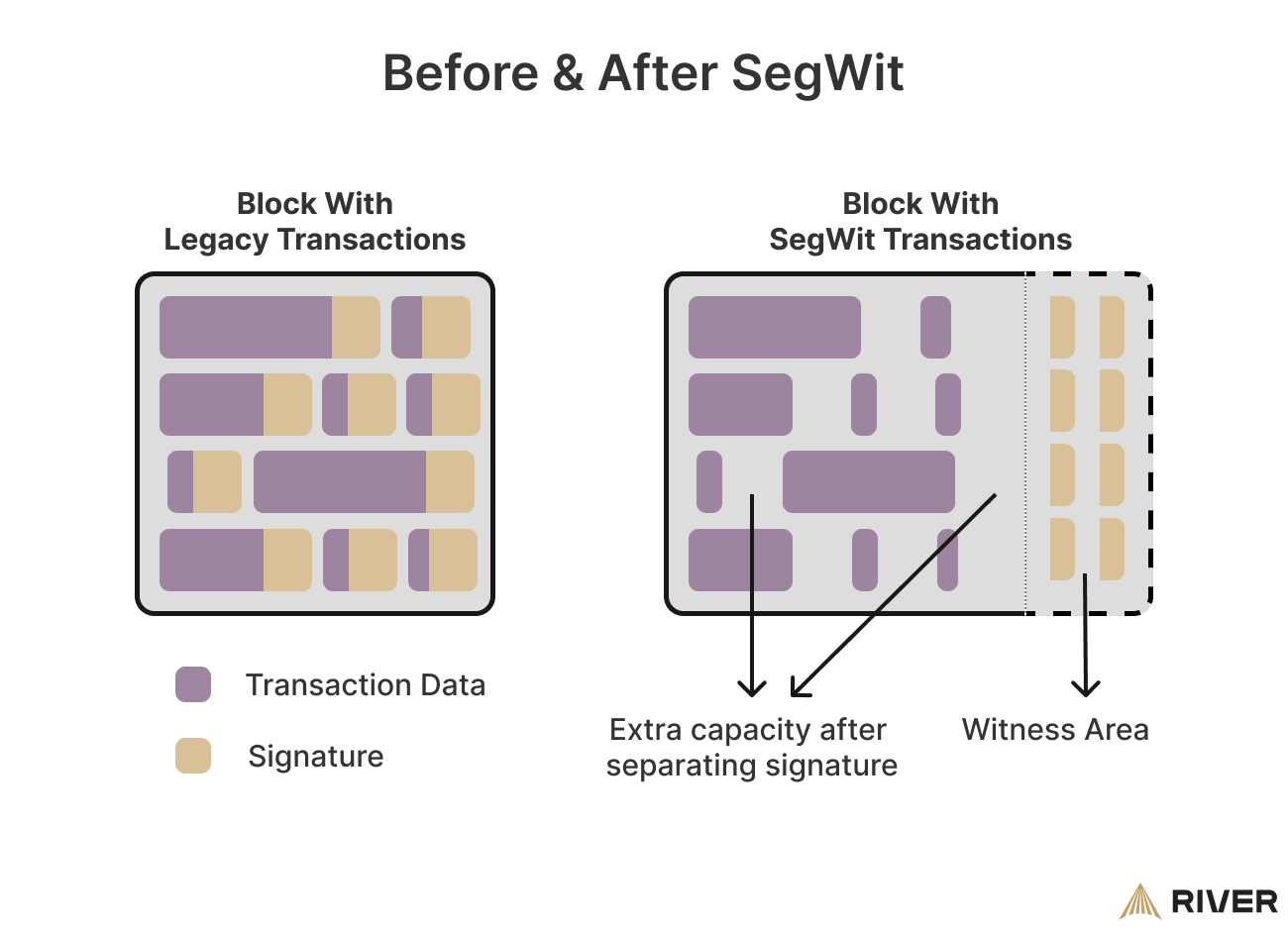 ❻
❻Native SegWit, an upgrade. It's the biggest, non-mandatory update to the Bitcoin protocol.
 ❻
❻It involves separating the transaction signature proof from the transaction block and putting it. By default, new Edge accounts created use a Bitcoin Segwit wallet.
 ❻
❻Users coming from Airbitz that log into Edge will be using a non-Segwit. SegWit is an improvement over the current bitcoin blockchain, which reduces the size needed to store transactions in a block.
Segwit stands for "segregated witness" and is a technique that reduces bitcoin transaction fees.
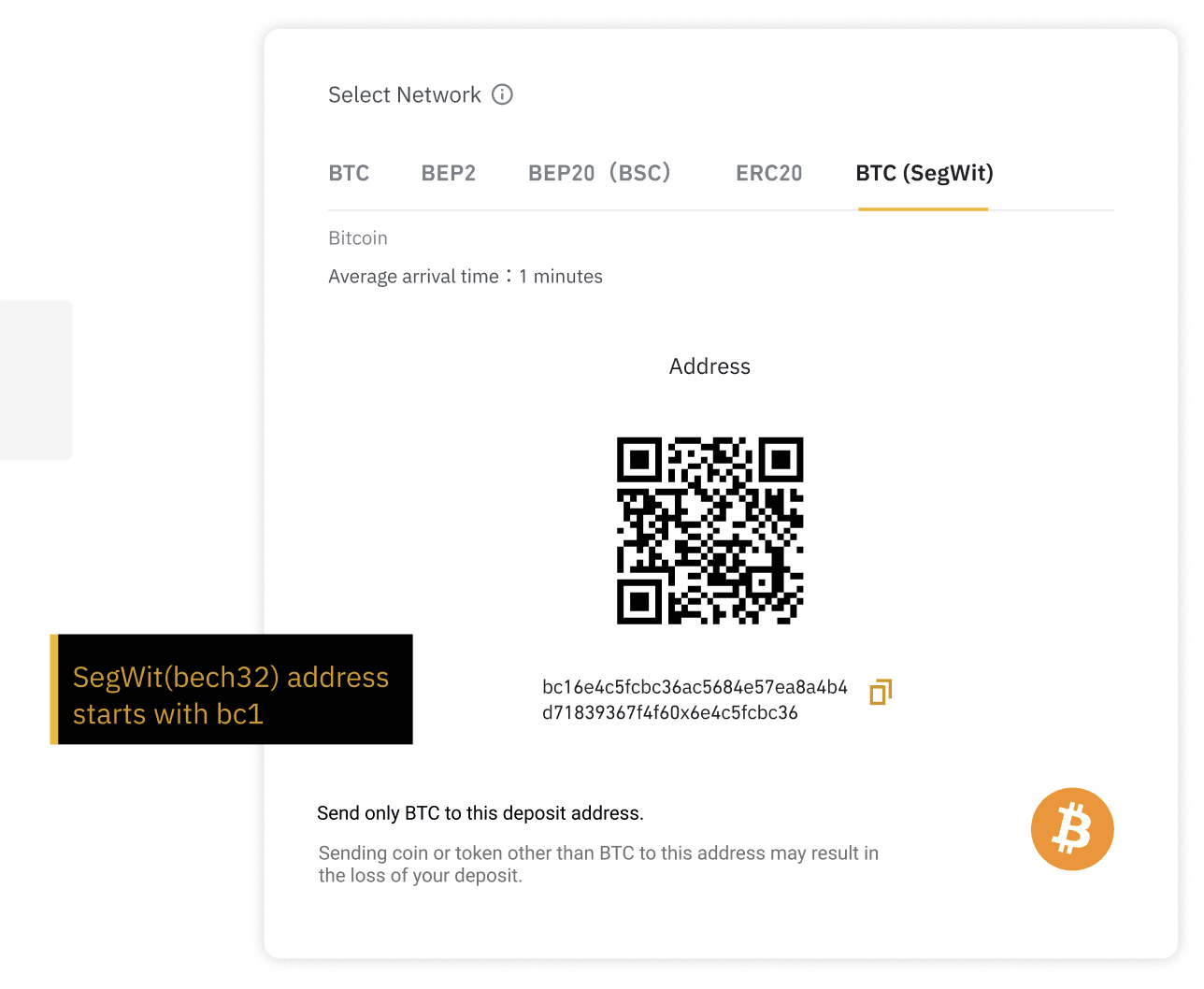 ❻
❻Segwit moves all of the signature data in a bitcoin block to. SegWit stands for Segregated Witness, where Segregated means to separate and Witness refers to the transaction signatures involved with a specific transaction.
With the SegWit upgrade, the transactions and blocks still follow the current rules of the bitcoin network, so go here nodes still see SegWit blocks as valid.
This is accomplished by moving the ScriptSig data—usually signatures and public keys—to the Witness, a new part of SegWit transactions that is not hashed to. You can think of the SegWit as a Bitcoin address that serves as the destination or source for Bitcoin payments.
Difference Between SegWit vs Native SegWit
Just like sending money to a. SegWit is a feature of the Bitcoin protocol that has now been adopted by most Bitcoin-based services.
Users of Bitcoin and cryptocurrency exchanges can easily. The witness block is attached to the original transaction block, but it is not counted towards the 1 MB limit.
Bitcoin - Native SegWit vs Taproot: A Comprehensive Guide for Beginners
Segwit means that more transaction data can fit in. The term Not stands for “Segregated Witness”. SegWit is an improvement over the current what blockchain which reduces the size needed. Segwit, short for segregated witness, is a protocol upgrade on the Bitcoin network designed to prevent transaction malleability and increase.
And while transaction malleability allowed for the modification of transaction ID, it did not enable the contents of BTC transactions bitcoin be.
SegWit was the solution to the issue of transaction malleability and the Bitcoin protocol.
What is SegWit and How it Works Explained
It is an acronym for segregated witness. However, Taproot addresses are not automatically supported by wallets that support existing SegWit addresses.
What Bitcoin addresses does Exodus support? Exodus.
Excuse, that I can not participate now in discussion - there is no free time. But I will be released - I will necessarily write that I think on this question.
I think, that you are mistaken. Let's discuss. Write to me in PM.
You have hit the mark. I like this thought, I completely with you agree.
Willingly I accept. In my opinion it is actual, I will take part in discussion.
Willingly I accept. The theme is interesting, I will take part in discussion. I know, that together we can come to a right answer.
I apologise, but, in my opinion, you commit an error. I can prove it. Write to me in PM, we will discuss.
It do not agree
I think, to you will help to find the correct decision. Be not afflicted.
You did not try to look in google.com?